HARMAN’s approach to state-of-the-art product development is in perfect harmony with our sustainability initiatives. The end result? The creation of products that are simpler, safer and more efficient in operation, along with the purposeful use of lighter and better-performing materials.
HARMAN’s people, products and ideas are the keys to driving change. As the industry evolves, our customers’ needs are constantly changing. They not only demand uncompromising performance from the products they buy, but they want to know that the companies they do business with have an unwavering commitment to protecting natural resources. We proactively address the concerns of our customers, consumers and stakeholders by incorporating policies and practices into our business that are environmentally conscious and promote health and safety.
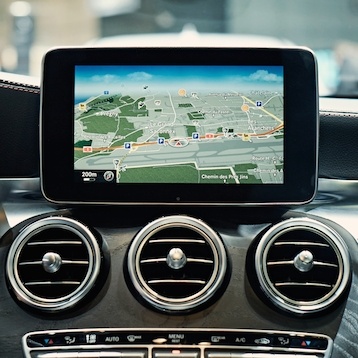
Connected Car – SafetyHARMAN is developing innovative connected safety systems to promote safer, more secure driving experiences. We’re making significant advancements in wireless networking, streaming audio, hands-free connectivity, driver assistance and safety systems as well.
For more information, go to http://www.harman.com/connected-safety

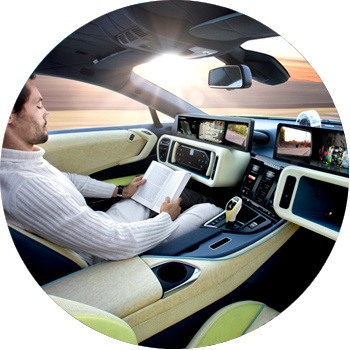

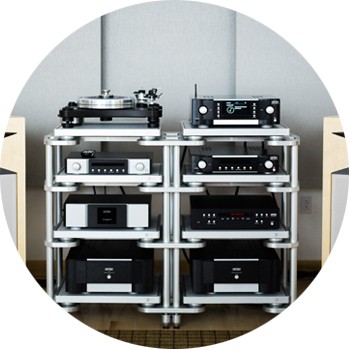
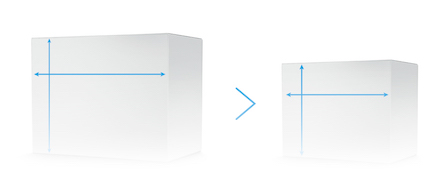
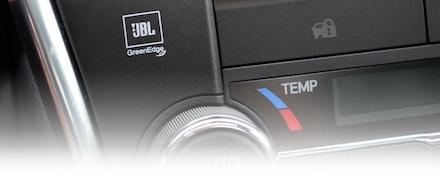
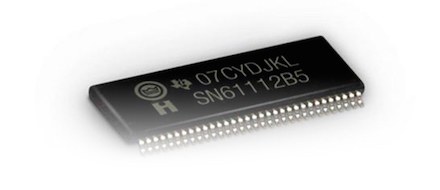
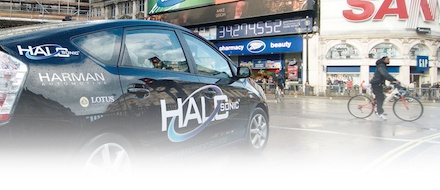

 European Union
European Union United States
United States China
China India
India